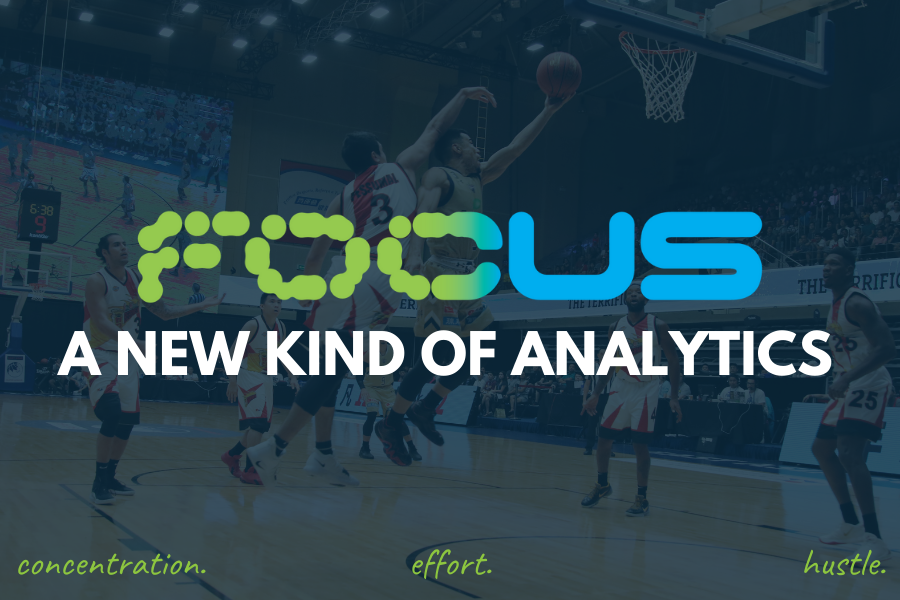Focus, an app designed to measure hustle, was built by Mark Adams and Jeff Van Fleet, co-authors of The Coach & The Geek: Building a Kick-butt Culture. It was designed with intention to measure concentration and effort instead of traditional analytics based on talent or performance. During the men’s and women’s NCAA basketball championship games, The Coach & The Geek used Focus to evaluate each team on one hustle behavior believed to drive results for that team. Check out their findings!
NCAA Women’s Championship Game
Arizona vs. Stanford
Arizona was evaluated as an active pressure man-to-man defensive team. They were most effective when they had active hands, challenged shots, and forced missed shots and turnovers.
Our hypothesis: If the Wildcats played with active hands defensively, they could disrupt Stanford’s efficient offense and give their team the best chance to win the NCAA Championship.
Hustle, concentration, and effort led the 2nd half comeback for the Wildcats.
NCAA Men’s Championship Game
Gonzaga vs. Baylor
The day before this game, Mark did an interview with Peter Burke and Katie George on a national ESPN radio show, during which they asked him to predict the winner. He told them that both teams were supremely efficient on offense as the Zags were #1 in the nation in Field goal % (54.9%) and points per game (91.6 PPG), while Baylor was #1 in 3PT FG% (41.1%). Based on our research of each team’s offensive tendencies, we know that both teams score a majority of their points from the perimeter – Baylor at 82% and Gonzaga at 58%. Therefore, challenging shots, especially from the perimeter, was predictably crucial. Mark shared with Peter and Katie that Baylor was the better team when it came to challenging shots based on his observations during the Final Four game against Houston. He also observed that Gonzaga, and in particular, Drew Timme, often defended with their hands down.
Our hypothesis: If Gonzaga doesn’t match Baylor’s concentration and effort in challenging shots, it would be a long night for Gonzaga.
Hustle stats are a new way to analyze the game. The key is to identify specific behaviors that can be clearly defined, then hold players accountable by measuring their individual and collective performances over time.
Focus provides an efficient way to collect, track, and communicate the value of hustle stats, while defining expectations. It encourages coaches to be intentional while defining what it really means to play hard and play smart. Stanford and Baylor did both, and it led them to become NCAA National Basketball Champions!
Curious about Focus? Learn more here!

